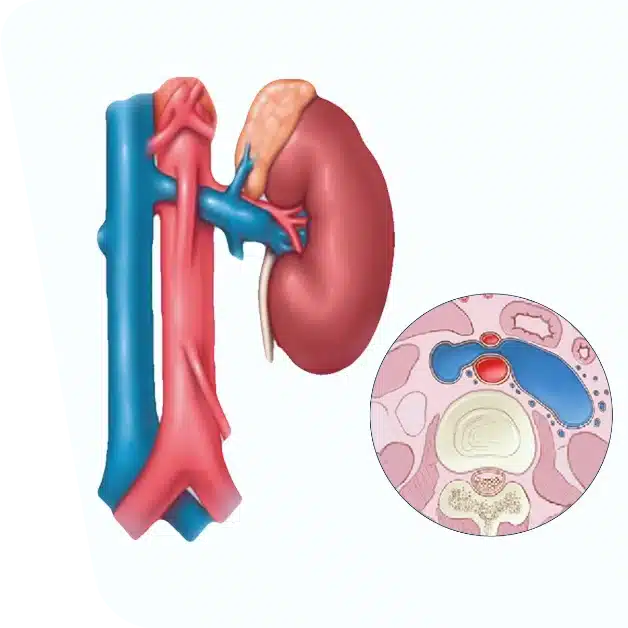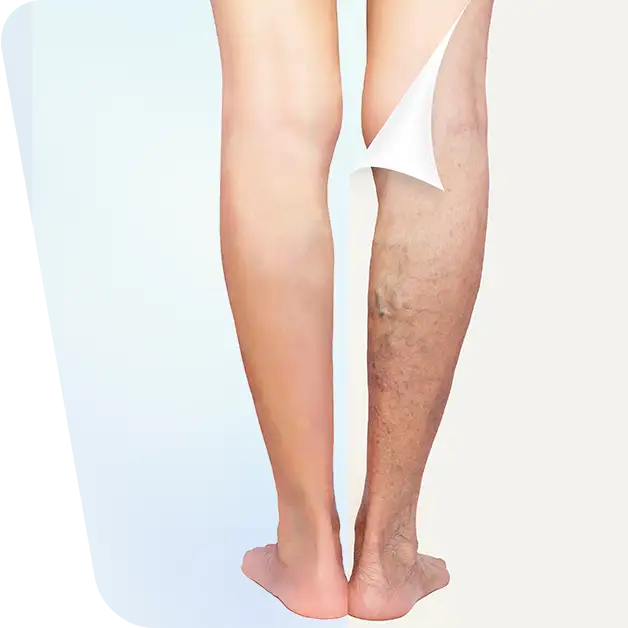Nutcracker Syndrome, a rare vascular condition, often goes unrecognized and underdiagnosed. It occurs when the left renal vein becomes compressed, leading to a range of uncomfortable and sometimes severe symptoms. Recently, venous stenting has emerged as a groundbreaking treatment, offering new hope and relief for those suffering from this challenging condition.
Table of contents
ToggleUnderstanding Nutcracker Syndrome
Nutcracker Syndrome is characterized by the compression of the left renal vein, typically between the aorta and the superior mesenteric artery. This compression leads to increased vein pressure and various symptoms, including pelvic pain, hematuria (blood in urine), and in some cases, varicoceles in men and pelvic congestion syndrome in women.
The Advancement of Venous Stenting
Venous stenting is a minimally invasive procedure gaining traction in the treatment of Nutcracker Syndrome. This procedure involves placing a stent, a small mesh tube, inside the compressed vein to keep it open and restore normal blood flow.
Key Benefits of Venous Stenting for Nutcracker Syndrome
- Symptom Relief: Venous stenting effectively alleviates the core symptoms of Nutcracker Syndrome, such as pain and hematuria.
- Minimally Invasive Approach: Unlike traditional surgical methods, venous stenting is less invasive, leading to quicker recovery times and lower risks.
- Improved Quality of Life: Patients often experience a significant improvement in their quality-of-life post-procedure.
- Durability: Stents used in the procedure are designed for longevity, offering a long-term solution to vein compression.
The Venous Stenting Procedure: A Closer Look
The procedure involves inserting a catheter, usually through the groin, and guiding it to the affected vein using imaging techniques. The stent is then deployed to open the compressed vein and alleviate the increased pressure. Typically, the procedure lasts about 1-2 hours and is performed under local anesthesia with sedation.
Who Can Benefit from Venous Stenting?
Ideal candidates for venous stenting in Nutcracker Syndrome are those with:
- Confirmed diagnosis of Nutcracker Syndrome through imaging studies.
- Symptoms unresponsive to conservative treatments.
- A general health status that allows for a minimally invasive procedure.
Post-Procedure Care and Monitoring
Following the procedure, patients may need short-term anticoagulation therapy and will have regular follow-up appointments to monitor the stent’s position and vein health.
Risks and Considerations
Venous stenting carries certain risks, including bleeding, infection, stent migration, and the rare possibility of blood clots. These risks should be thoroughly discussed with a healthcare provider.
Conclusion
Venous stenting for Nutcracker Syndrome represents a significant leap forward in treating this often-overlooked condition. Offering a balance of efficacy, safety, and minimal invasiveness, this treatment is poised to change the landscape of care for individuals suffering from Nutcracker Syndrome, providing a path to pain relief and improved daily living.







